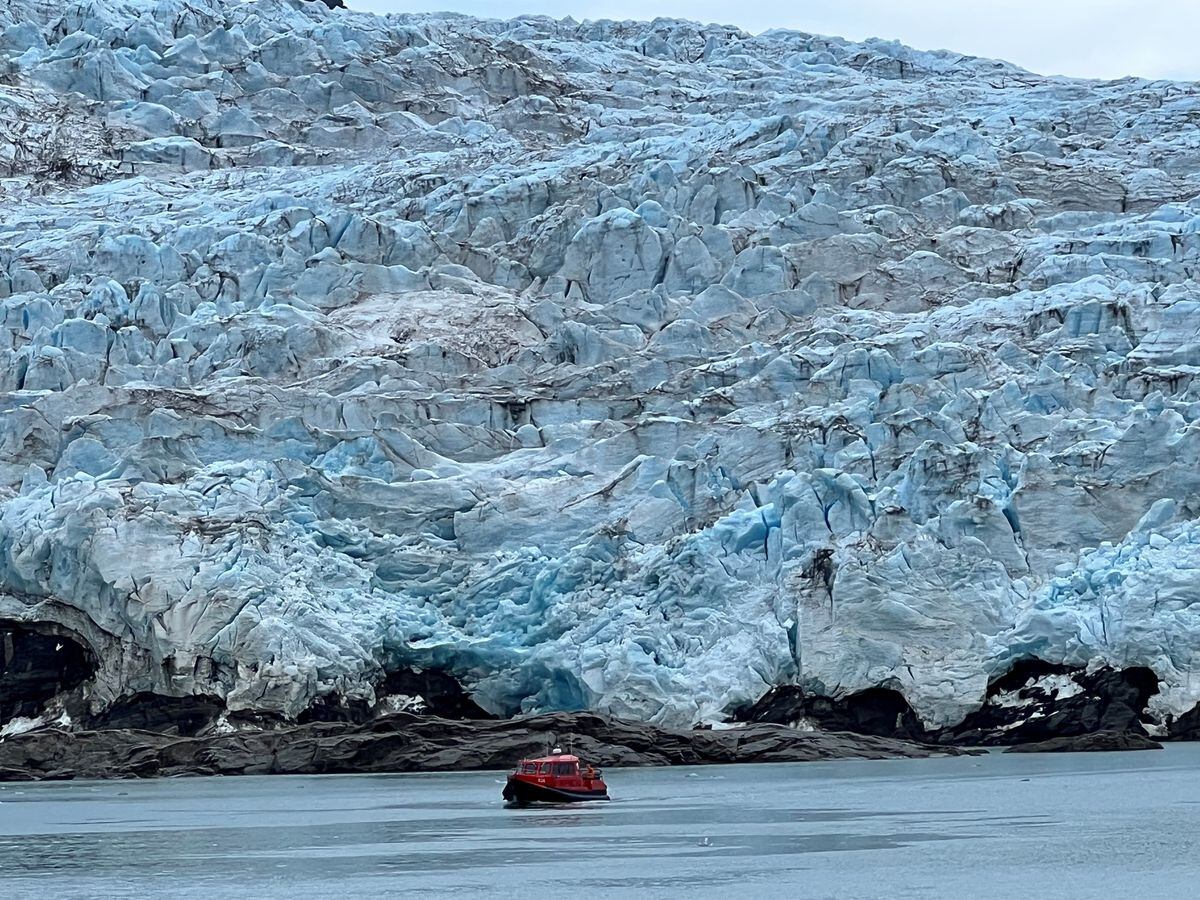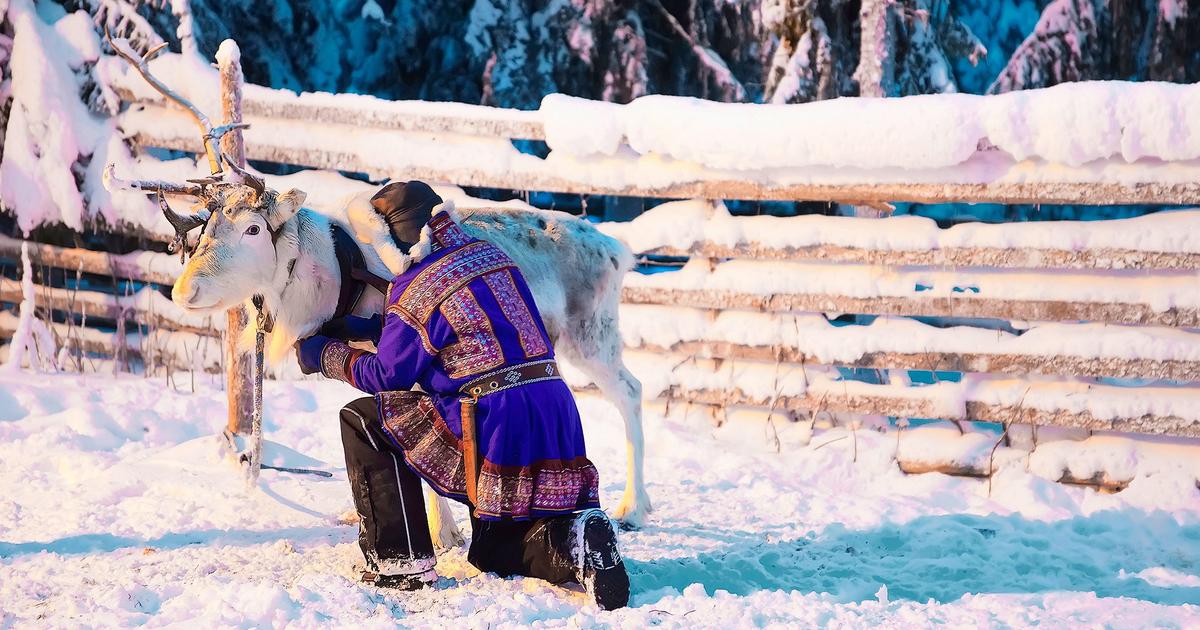On April 13, 2017, they landed in Utqiaġvik, the northernmost fishing port in Alaska, a boreal whale. The Eskimos had never started the hunting season so soon. Days ago several of these cetaceans had been sighted in the Chukotka Sea. According to records, they advanced more than a month back from the south. That same year, four specimens with beacon radio winterized in the region and also the following two winters. They had stopped emigrating. A study now shows that the changes are not limited to whales. In this Arctic region, from seals to algae, through birds, it is the entire ecosystem that is already changing due to climate change.
The Chukotka Sea, bounded to the south by the Bering Strait, remained frozen almost most of the time. With an extension greater than that of Spain, it is part of the Arctic Ocean, bathing the northeast corner of Asia and northwest America. For decades, global warming has disrupted the annual pace of advance and removal of ice. But nothing like what is happening since 2017. In January of that year, the ice barely reached the strait and throughout that winter, the icy extension remained about 200,000 km2 below average values. In June, the temperature near the bottom rose to 4º and in December, the frozen front was 1,000 kilometers further north than usual. Neither in February 2018 nor in 2019 the ice reached the Bering Strait.
Now, about twenty scientists from different disciplines have reviewed how these physical changes are impacting the life of this portion of the Arctic and if a systemic change is taking place. They fear so. The temperature was at the base of the entire Arctic Pacific ecosystem and is rising, advancing the thaw in spring and slowing and weakening the arrival of ice in autumn. The temperature also kept many southern species at bay.
In the last three winters, the maximum ice extent has set historical lows
"The cold pool of the Bering Sea has completely disappeared in 2017, 2018 and 2019," explains the researcher and lead author of the study Henry Huntington. This cold portion of water is formed by transferring heat to the atmosphere and is located in the northern part of the Bering Sea. "It works like a plug: sub-Arctic fish cannot cross such cold water to cross the strait and reach the Chukchi Sea [as the Anglo-Saxons call the Chukotka]," says Seth Danielson of the University of Alaska at Fairbanks and co-author of the study. "But if the cold pool is gone, the plug disappears and there is nothing that prevents subarctic species from reaching the Chukchi, as we are seeing in recent years," he adds.
Indeed, all observations, collected in the Nature Climate Change study , indicate a massive translation of fish species from the south to the north. "Arctic cod is a fundamental Arctic species and is being displaced by subarctic species such as haddock or Pacific cod," says Huntington. The data also indicates that pink salmon that reach the rivers on their final journey have doubled their number.
But changes are occurring throughout the food chain. At its base, there are two parallel processes. On the one hand, the greater and earlier thaw causes the portion of water that receives solar radiation to increase, so the photosensitive organisms that form phytoplankton are being favored. On the other and perhaps related, the abundance of copepods, tiny crustaceans that are part of the zooplankton, is decreasing. Both processes affect different species of fish differently, favoring some and harming others.
A side effect of this is the change in the birdlife, with the decline of some birds, those that feed on fish, while others, those that make the zooplankton, mediate in the new situation. "The results of studies at sea indicate that there are now more plankivorous birds in the Chukchi Sea than 40 years ago," says ABR research director, an Alaska environmental consultant, Adrian Gall. Several species, more common in the south, of the Gulf of Alaska and Aleutian Islands, such as mercury and alcas, already spend long periods in Chukotka. "The changes have taken place gradually at this time and it seems that they are not temporary," adds Gall.
The main change, perhaps, has occurred at the top of the ecosystem. The killer whales are habitual visitors of the Arctic in summer, but this one is increasingly longer, also extending the presence of the great marine predator, which alters the entire ecosystem. "Last year I recorded several of them in the Beaufort Sea, as far north and east as I have ever recorded them," says Washington University oceanographer Kate Stafford, who specializes in marine life acoustics. "They probably spend more time in the Chukchi Sea because, first, there is less ice so they have more free space for more time per year and, second, there are many more subarctic species, humpback whales, whales, Minke whales or grays, in the area as possible prey, especially their young, "he adds.
The biggest problem is for species that were arctic, such as belugas or the northern whale. For these, killer whales were an almost unknown animal. "In essence, it is a new great predator that has expanded through the Arctic where there were none before," Stafford recalls.
For Arctic species, killer whales were an almost unknown animal. Now he is becoming the great predator
That all these changes are definitive or cannot determine the passage from one ecosystem to another. And that will decide the ice. "In these last 40 years, there has not been an extension of ice as low as those of 2018 and 219. They were something unique in extent and impact on the ecosystem," says the scientist of the National Oceanic and Atmospheric Administration ( NOAA) Phyllis Stabeno. "It should be remembered that the extent of ice in February 2020 is almost normal," warns the oceanographer.
For Huntington, the main author of the study, the definitive proof that the Arctic, at least part of Chukotka, has already changed, would be the settlement of large breeding populations of subarctic species. "We have already observed fry of gadids [species of the cod family] in the south of the Chukchi Sea, but it is still unclear whether these fish will survive the winter. It is a transformation process that will take a few years."













